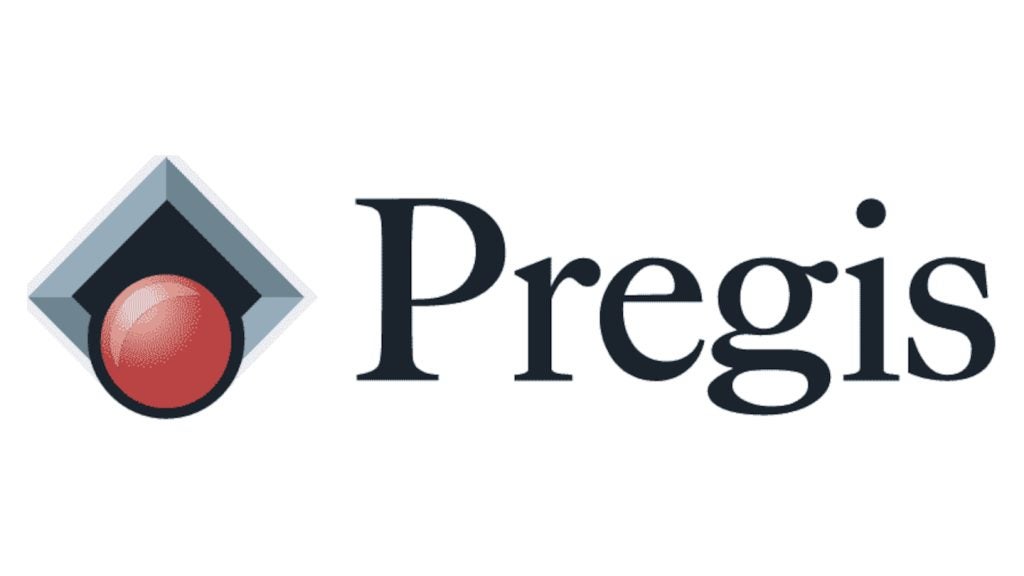By any standards, 2025 is going to be a huge year for sustainable packaging. Extended Producer Responsibility (EPR) programs have been approved in five U.S. states and several European countries, with more states and territories looking to do the same.
Oregon, for example, is set to have EPR come into force in July 2025, the first U.S. state to do so. The first supply reports must be submitted by March 31 next year. Similarly, the deadline for EPR packaging data submissions for July to December 2024 in England, Scotland, and Northern Ireland will be April 1, 2025.
EPR is set to reshape how packaging producers operate. It feeds into greater recyclability, as the best programs are eco-modulated so that producers face lower fees if their packaging is recyclable and contains recycled content, in many cases 30% as a minimum. There will be enormous change as more and more EPR initiatives are introduced.
Change is coming
It’s evident that the pressure to create sustainable packaging has never been greater – and yet research among packaging professionals has also found that only one in seven (14%) believe their business is on track for 100% accuracy in the data they need to manage sustainability and ensure compliance.
EPR is also not the only change on the horizon. January 2025 will mark 18 months until the introduction of California’s new Truth in Labeling regulation, which will mean fines for companies that make unsubstantiated claims on-pack, including those that claim recyclability when it isn’t recyclable in California.
The question for next year will be for every brand and retailer selling in the Sunshine State to see if they can update their packaging in time, as 18 months is not as long as it sounds. Food and drink brands might be okay, but white goods / home furniture / domestic appliance packaging will often face a lead time of much longer due to stock levels and logistics.
The European Parliament has also voted to introduce the Packaging and Packaging Waste Regulation (PPWR), with targets and bans coming into effect from 2030 onwards to change reporting requirements and ensure all packaging across the EU is recyclable.
And if all that were not enough, Scope 3 reporting on greenhouse gas (GHG) emissions is another seismic change that businesses will have to prepare for over the coming year. What this has in common with EPR and PPWR is that all require companies to have accurate, granular data on all packaging components.
Carbon speed-dating
Scope 3 – and carbon reporting more generally – were the focus of many of the conversations at SPC Impact in New Orleans this year. The shock and fear about the scale of the challenge that lies ahead has been replaced by a demand for practical and effective solutions.
People were looking for ways to introduce live real-time reporting, as well as ways to calculate recyclability and carbon, while managing tax liabilities and regulatory compliance by country or state at the touch of a button.
It was very motivational to see and hear so many people talking about measurement and collaboration, but it also showed that businesses know they need better data on packaging.
The challenge remains that so many are still collecting it manually. That simply won’t fly in 2025 as there are too many factors at play: adhering to evolving global regulatory requirements, communicating consistently, and fulfilling voluntary packaging and environmental obligations – as well as the risk from a supply chain perspective.
Solutions are evolving
The good news is that the How2Recycle program is evolving to meet new challenges, partnering with The Recycling Partnership to add the Recycle Check QR codes to its labels, and utilizing the e-halo platform to create dynamic on-pack recycling information via the new How2Recycle Plus labelling service, at scale.
Brands and retailers in the U.S. and globally will need to change as well over the next 12 months to ensure they’re able to work with these new labeling and recycling requirements.
Again, this means data. To save time and drive operational efficiencies, advanced packaging data will enable change at scale, while ensuring compliance and confidently meeting EPR requirements. Accurate packaging data also feeds through to labeling requirements, as replacing ‘greenwashing’ claims with trustworthy on-pack claims is essential to informing and educating consumers.
The key for 2025 will be understanding current and future packaging regulations at national / federal / state / province / territory level and considering how emerging trends might influence existing policies and practices. Brands will have to consider a longer-term strategic approach to packaging sustainability, driven by data and based on a global regulatory landscape that has already begun to transform.
About the Author: Gillian Garside-Wight is the consulting director at packaging consultancy Aura, a UK-based packaging sustainability consultancy.














